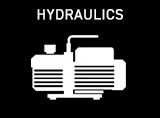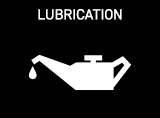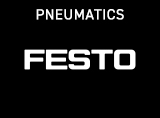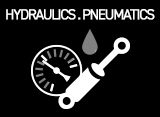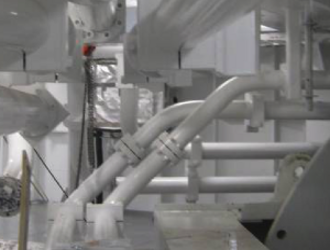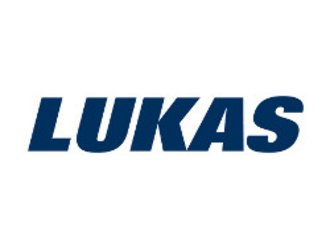Hydraulics deals with the properties of flowing liquids. Corresponding findings can be used technically to transfer power and energy as well as information. To achieve this, fluids in hydraulic systems exert pressures. Hydraulic systems under high and ultra-high pressure are used for special applications.
As a global market leader, LUKAS operates numerous applications with its hydraulic tools that operate under high pressure. These include the controlled use of high forces for the precise manoeuvring of heavy loads. Systems based on high-pressure solutions can even move buildings.
This work requires a wide range of parts, tools and systems - from small hydraulic cylinders to complete computer-operated lifting and positioning systems. These complete configurations optimise work processes and thereby save resources. At the same time, they increase safety for everyone involved.
In general, industrial applications consist of lifting and holding, pushing and pulling, strutting and straining, as well as bending and cutting. The design of corresponding hydraulic products takes into account their mobility, as well as their adaptation to the target objects and environment.
This means that portable systems must necessarily be used in some applications or the product may have to be used in confined spaces. Hydraulic gantry cranes, for instance, operate as heavy-duty lifting systems even in enclosed spaces. Hydraulic skidding systems move heavy loads on skids with low space requirements. Synchronous lifting systems lift extended loads simultaneously at several lifting points. Portable hydraulic bolting tools transmit high forces continuously. While doing so, they follow their control signals with very minimal delay. This can specifically achieve very precise and controlled tightening.
Hydraulic special tools meet high requirements in maintenance and production. Particularly robust work-pieces can be bent, clamped, spread and strutted with high forces. These tools are often portable and release ton forces in the process.
Tensioners with high-pressure hydraulics, for example, allow high forces to act with high precision in the desired directions. These tools serve a variety of manufacturing processes, where they fix parts in ideal configurations and positions. They therefore enable high quality standards in production, especially in automotive engineering. Tensioning cylinders are used in this field, for example, to clamp and punch vehicle parts.
Hydraulic pullers made of high-tensile steel are suitable for particularly harsh working conditions. Here they provide up to three-digit ton forces. High-quality bearing pullers can grip even awkward parts with their specially shaped corners. Hydraulic presses also deploy the same forces. In addition, high-pressure hydraulic pumps are available in innumerable configurations, where they are, for example, operated manually or electrically.
Lightweight punching devices, however, provide double-digit ton forces and achieve production targets much faster than drilling. Slim spreader and wedge cylinders are suitable for particularly cramped locations and can be easily aligned there. Special designs are also available in such cases for long-stroke challenges.
Machine lifters require only narrow gaps between the supporting surface and the unit in order to lift it, for example, with up to two-digit ton forces. Thanks to continuous movement under high force, tube benders can create smooth bends without folds.
Apart from the field of production, high-pressure hydraulics solve innumerable problems in many other industries. High-pressure hydraulic cutting tools can, for instance, cut through centimetre-thick bolts effortlessly for the purpose of dismantling. As a specialist, LUKAS Hydraulik offers particularly efficient equipment that can cut through parts of vehicles involved in accidents.
Hydraulic repair and maintenance of vehicles and infrastructure is particularly efficient in the field of rail transport. This increases the service time of trains and accelerates rail construction. Hydraulic devices can, for example, tilt train parts minimally to one side for repair on site. Suppliers such as LUKAS Hydraulik provide re-railing services for derailed vehicles. Special hydraulic systems pull and position heavy rails to maintain and expand the transport network.
The assembly of ship modules requires extremely high and finely coordinated forces, which are distributed over a large volume. Modules in the four-digit ton range can also be positioned precisely in this way.
In the construction industry, hydraulic systems can bring about high tensile stress in various ropes. Thanks to high-pressure hydraulics, massive bridge parts are placed safely in their final position.
Extremely heavy, mobile machines are used in mining. Hydraulics under maximum pressure provide the forces required here for transportation. Hydraulic tools are used in this harsh environment to maintain mining machines efficiently. In special cases, this requires the lifting of excavators with a mass of several thousand tons.
For continuous power generation, equipment require hydraulic systems throughout their life cycle: speedy setup, flexible operation, rapid maintenance and repair, efficient decommissioning or dismantling. Especially in offshore applications, large and heavy parts require fast and precise movement under difficult conditions for this purpose. Computerised high-pressure hydraulics can noticeably increase both the safety and the speed of all work processes.
Robust hydraulic hoses form the basis for the extraordinary flexibility of many hydraulic systems under high pressure. ENERPAC, for example, supplies high-quality hydraulic hoses for up to 700 bar.

